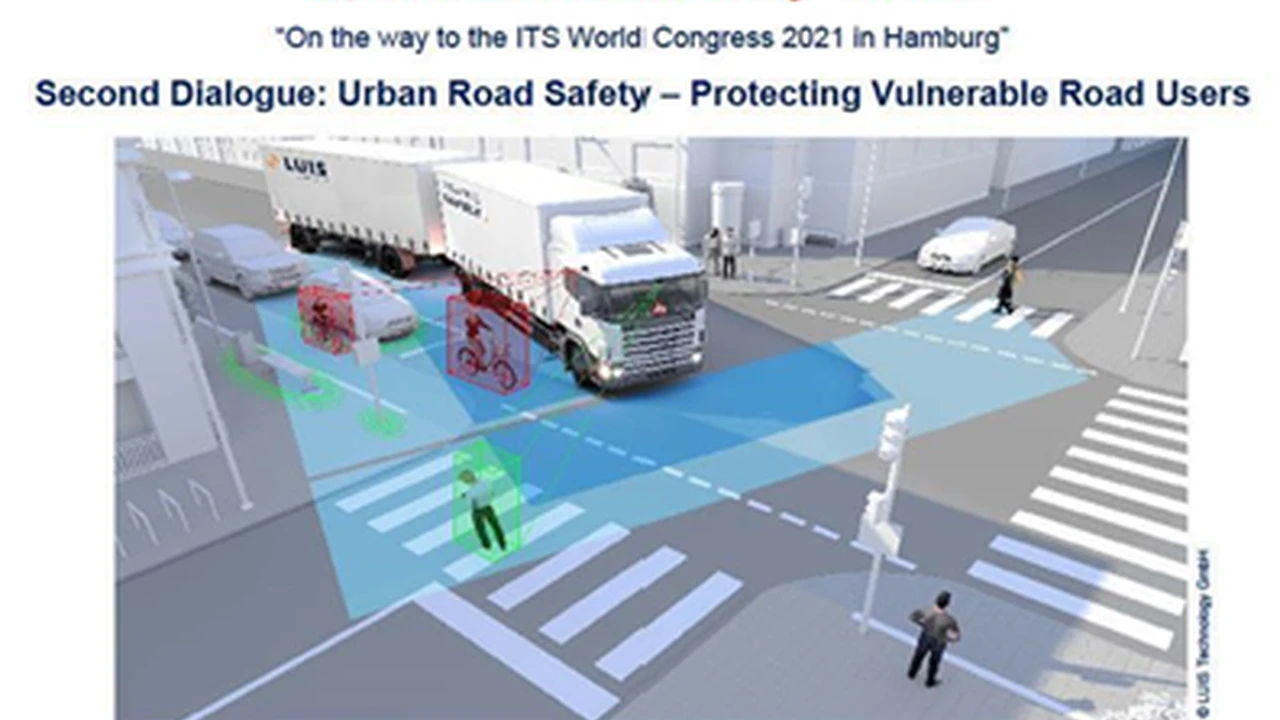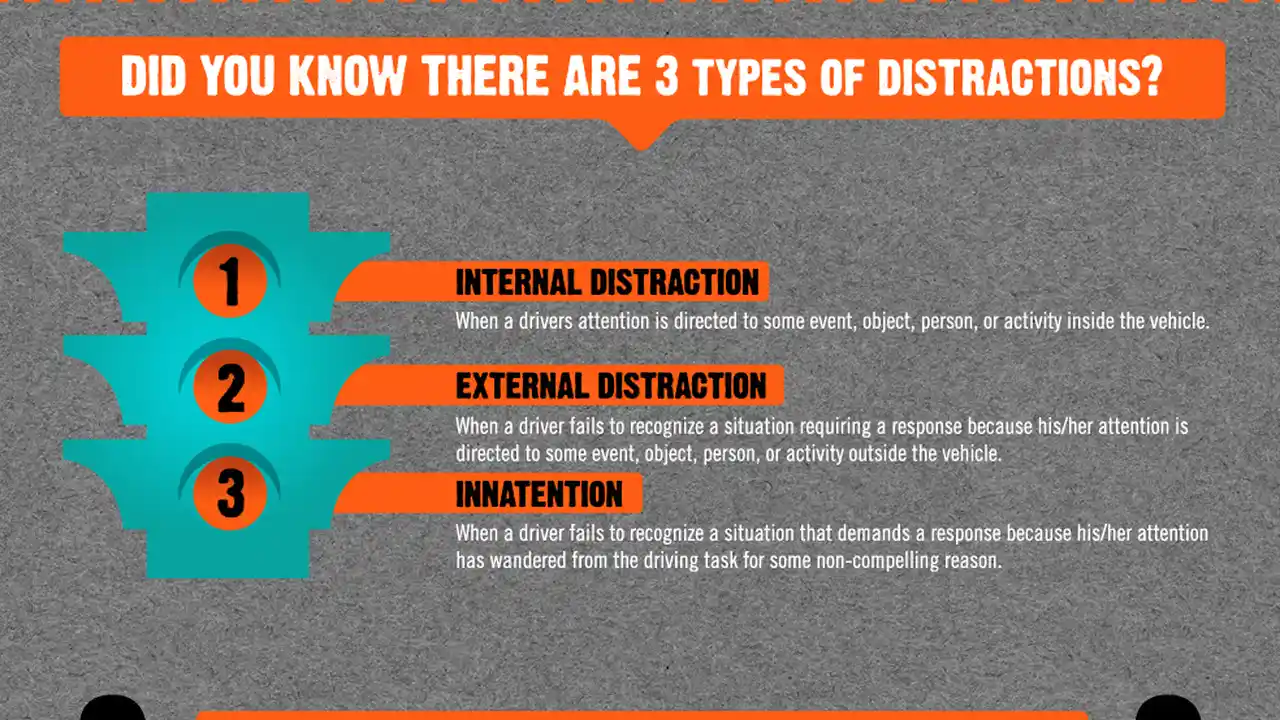Pedestrian Safety Features: Protecting Vulnerable Road Users
Sample meta description.

Introduction to Pedestrian Safety and Vulnerable Road User Protection
Alright folks, let's talk about something super important: keeping pedestrians safe. We're not just talking about adults strolling down the sidewalk here. We're talking about kids, elderly folks, people with disabilities – all the vulnerable road users who are sharing the streets with cars, trucks, and buses. It’s a shared responsibility, and vehicle design plays a huge role in minimizing injuries when the unthinkable happens.
The Role of Vehicle Design in Enhancing Pedestrian Crashworthiness
So, how exactly can car manufacturers make vehicles safer for pedestrians? It's all about design, baby! Think about it: the shape of the hood, the bumper, even the windshield can make a HUGE difference in what happens when a car and a person collide. We're talking about reducing the severity of injuries, potentially saving lives. It's not just about making cars look cool; it's about making them safe for everyone.
Key Pedestrian Safety Features: A Detailed Look
Let's dive into some specific features that are making a real impact. These aren't just gimmicks; they're engineered to protect pedestrians.
Active Hoods: Protecting Pedestrians with Advanced Crashworthiness Technology
Active hoods are a game-changer. Imagine this: sensors detect a pedestrian collision, and the hood instantly pops up a few inches. Why? To create more space between the hood and the hard engine components underneath. This extra space helps cushion the impact, reducing head injuries. It's like a built-in airbag for pedestrians!
Pedestrian Airbags: A Revolutionary Crashworthiness Safety Measure
Yep, you read that right. Some cars now have airbags specifically designed to protect pedestrians. These airbags are usually located at the base of the windshield, and they inflate to cushion the pedestrian's head and upper body during a collision. It's a relatively new technology, but it's showing a lot of promise.
Energy-Absorbing Bumpers: Minimizing Lower Leg Injuries in Pedestrian Accidents
Bumpers aren't just for show either. Energy-absorbing bumpers are designed to crumple and deform in a controlled way during a collision, absorbing some of the impact energy and reducing the force transmitted to the pedestrian's legs. This is especially important for minimizing lower leg injuries, which are common in pedestrian accidents.
Advanced Driver-Assistance Systems (ADAS) for Pedestrian Detection and Avoidance
Okay, this is where things get really cool. ADAS systems use cameras, radar, and sensors to detect pedestrians in the vehicle's path. If the system detects an imminent collision, it can warn the driver and even automatically apply the brakes. Think of it as a second pair of eyes on the road, constantly looking out for pedestrians.
Real-World Examples: Recommended Pedestrian Safety Products and Their Applications
Volvo XC60: A Leader in Pedestrian Safety and Crashworthiness Ratings
Volvo has always been a pioneer in safety, and the XC60 is no exception. It comes standard with City Safety, a comprehensive ADAS system that includes pedestrian detection with full auto brake. This system can detect pedestrians, cyclists, and large animals, and it can automatically apply the brakes to avoid or mitigate a collision. The XC60 also boasts a well-designed front end with energy-absorbing features to minimize pedestrian injuries. Use case: Ideal for families living in urban areas with high pedestrian traffic. Price: Starting around $45,000.
Subaru Forester: Affordable Pedestrian Safety Features for Budget-Conscious Drivers
The Subaru Forester is another great option for those looking for excellent pedestrian safety features at a more affordable price point. It comes standard with EyeSight Driver Assist Technology, which includes pre-collision braking with pedestrian detection. This system uses two cameras to monitor the road ahead and can automatically apply the brakes if it detects a pedestrian in the vehicle's path. Use case: A great choice for drivers who want a safe and reliable vehicle for daily commuting and weekend adventures. Price: Starting around $27,000.
Mercedes-Benz C-Class: Luxury and Advanced Pedestrian Protection Systems
If you're looking for luxury and cutting-edge safety technology, the Mercedes-Benz C-Class is a top contender. It offers a range of advanced driver-assistance systems, including active brake assist with cross-traffic function, which can detect pedestrians and cyclists crossing the road and automatically apply the brakes. It also features a pedestrian protection system with an active hood. Use case: Ideal for executives and professionals who prioritize safety and comfort. Price: Starting around $48,000.
Comparing Pedestrian Safety Features Across Different Vehicle Models
So, how do these different systems stack up? Well, it really depends on what you're looking for. Volvo's City Safety is known for its comprehensive suite of features and its ability to detect a wide range of potential hazards. Subaru's EyeSight is a more affordable option that still provides excellent pedestrian detection and automatic braking. Mercedes-Benz offers a more luxurious and technologically advanced experience, but it comes at a higher price point. It's important to do your research and compare the features and performance of different systems before making a decision.
The Future of Pedestrian Safety: Emerging Technologies and Innovations
The future of pedestrian safety is bright. We're seeing the development of even more advanced technologies, such as:
- External Airbags: Airbags mounted on the exterior of the vehicle to provide even greater protection for pedestrians.
- Smart Streetlights: Streetlights that can communicate with vehicles to warn drivers of pedestrians in the area.
- Autonomous Emergency Braking (AEB) Systems: AEB systems that can react even faster and more effectively to avoid pedestrian collisions.
These innovations have the potential to significantly reduce the number of pedestrian injuries and fatalities in the years to come.
Understanding Crashworthiness Ratings and Their Impact on Pedestrian Safety
Crashworthiness ratings, such as those provided by the Insurance Institute for Highway Safety (IIHS) and the National Highway Traffic Safety Administration (NHTSA), can give you a good idea of how well a vehicle is designed to protect pedestrians in a collision. These ratings take into account a variety of factors, including the vehicle's front-end design, the performance of its pedestrian safety features, and the results of simulated pedestrian crash tests. Look for vehicles with high crashworthiness ratings to ensure that you're choosing a vehicle that is designed to protect pedestrians.
Conclusion Alternative: Continuing the Conversation on Road User Safety
Ultimately, keeping pedestrians safe is a shared responsibility. It's up to car manufacturers to design vehicles that are as safe as possible for pedestrians, and it's up to drivers to be aware of their surroundings and drive responsibly. By working together, we can create a safer environment for all road users.
:max_bytes(150000):strip_icc()/277019-baked-pork-chops-with-cream-of-mushroom-soup-DDMFS-beauty-4x3-BG-7505-5762b731cf30447d9cbbbbbf387beafa.jpg)






